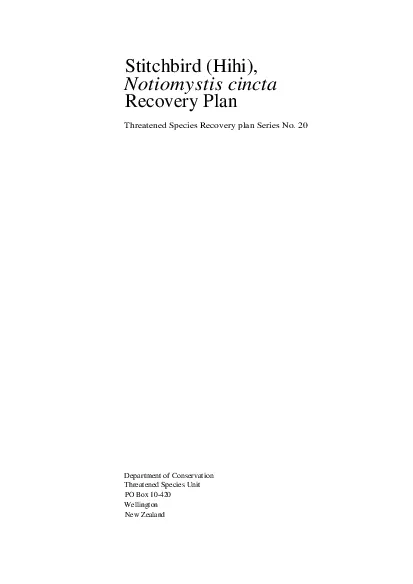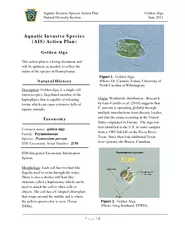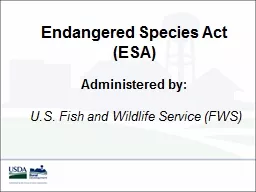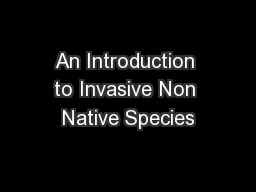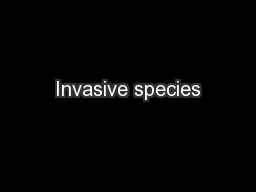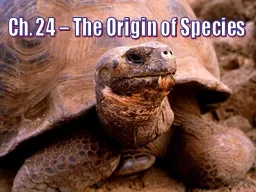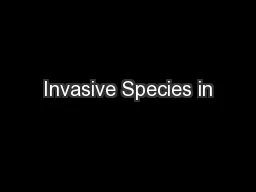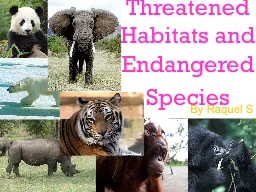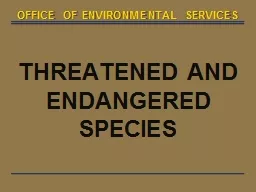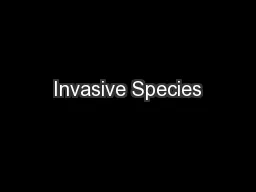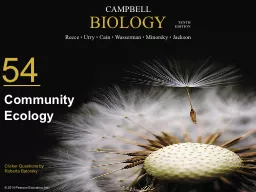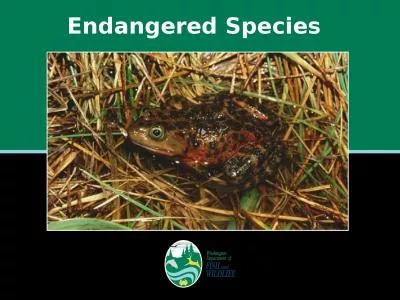PDF-Stitchbird HihiNotiomystis cinctaRecovery PlanThreatened Species Recov
Author : alyssa | Published Date : 2021-08-04
Prepared byGretchen RaschShaarina Boydand Suzanne Clegg for theThreatened Species UnitApril 1996 Department of ConservationISSN 11703806ISBN 0478017096Cover photo
Presentation Embed Code
Download Presentation
Download Presentation The PPT/PDF document "Stitchbird HihiNotiomystis cinctaRecover..." is the property of its rightful owner. Permission is granted to download and print the materials on this website for personal, non-commercial use only, and to display it on your personal computer provided you do not modify the materials and that you retain all copyright notices contained in the materials. By downloading content from our website, you accept the terms of this agreement.
Stitchbird HihiNotiomystis cinctaRecovery PlanThreatened Species Recov: Transcript
Download Rules Of Document
"Stitchbird HihiNotiomystis cinctaRecovery PlanThreatened Species Recov"The content belongs to its owner. You may download and print it for personal use, without modification, and keep all copyright notices. By downloading, you agree to these terms.
Related Documents

